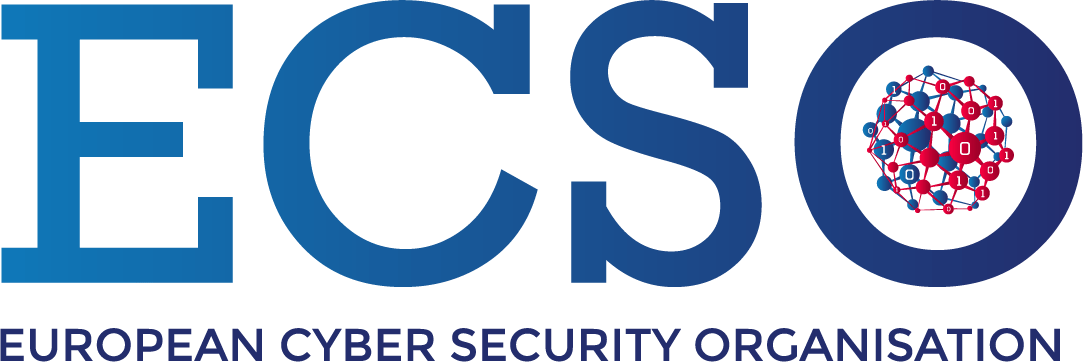Staying Secure and Compliant With Continuous Cybersecurity GRC
Managing cyber risks and complying with cybersecurity regulations require security and risk management leaders to adopt more unified, streamlined processes and tools. With a cybersecurity GRC program fueled by Kovrr’s CRQ insights, organizations can easily adapt to a continuously evolving market and ensure that today's challenges are addressed with the future in mind.




Navigate Cybersecurity Risks With Total Transparency
Kovrr's cyber risk quantification platform shows your organization's cyber risk exposure, highlighting the specific loss scenarios you face along with the expected financial impact. Leverage these clear-cut insights to determine the optimal cyber risk management strategy, prioritizing those initiatives that address the risks that pose the most potential harm.


Explore Quantified Scenarios With Granular Insights
Quantified loss scenarios can be drilled down according to event type or initial attack vector, offering security and risk leaders an even deeper understanding of the various risks the organization faces and the potential impact they may have. This level of granularity from CRQ fosters easy comparisons between business risks and equips executives to balance risk and compliance management decisions more effectively.
Easily Track Compliance and Framework Maturity
Monitor cybersecurity control maturity and discover the impact it has on your company's overarching cyber risk exposure. With all of the necessary information combined onto a single platform, it becomes much easier to keep track of maturity statuses and demonstrate adherence to various security frameworks and regulations to external regulators.


Monitor Progress With the Built-In Cyber Risk Register
The automated cyber risk register streamlines progress monitoring and allows all relevant stakeholders to keep track of their responsibilities. Risk owners within the organization can update the cyber risk register as initiatives are executed, and CISOs and security and risk management (SRM) leaders can rearrange priorities according to the evolving risk environment and compliance regulatory landscape.
Demonstrate Cybersecurity GRC ROI and Highlight Value
Kovrr's quantified cyber insights empower GRC leaders with the data necessary for calculating the ROI of initiatives. Non-technical stakeholders will understand the value that GRC programs provide and how they drive the broader business mission, motivating additional resource investment and high-level buy-in. With CRQ, demonstrating GRC program value is straightforward.


Continuously Assess and Manage Cyber Risk
Because cybersecurity threats and compliance requirements develop so rapidly, it's critical that GRC tools be able to assess exposure instantly, allowing for timely management of issues. With Kovrr's CRQ platform, SRM leaders can proactively identify the initiatives that need to be addressed and, consequently, adapt swiftly to the GRC landscape.
Cybersecurity GRC Powered by Cyber Risk Quantification Insights
When organizations use Kovrr's cyber risk quantification to power their cybersecurity GRC programs, processes become more easily managed. By translating complex risk terminology into understandable business terms, CRQ allows all relevant stakeholders to collaborate and contribute to cyber resiliency.



Leverage the CRQ-Powered Cyber Risk Register
Use Kovrr's cyber risk register to create a comprehensive inventory of the cyber risks your organization faces and the respective actions necessary for mitigation. Add details as needed and easily monitor progress.
Unify Your Cybersecurity GRC Program With Seamless Integrations
Automatically integrate cybersecurity tools with Kovrr's cyber risk quantification platform for a unified view of your GRC program. By consolidating insights from SIEM, IAM, VM, and other solutions into one cohesive platform, you can streamline decision-making processes and ensure that initiatives are prioritized according to broader business needs.
Learn MoreCybersecurity GRC FAQs
Speak to an ExpertWhat is governance, risk management, and compliance (GRC) in cybersecurity?

Cybersecurity governance, risk management, and compliance (GRC) is a strategic, holistic framework designed to align cybersecurity activities with broader business goals. Typically centralized in a cyber risk register, a cybersecurity GRC program documents all of the possible risk and compliance issues an organization may face in the realm of cybersecurity, explores them in-depth, and then determines if mitigation strategies are worth pursuing in the context of broader organizational goals. By organizing everything into a cohesive program, it's much easier to determine how to prioritize initiatives.
What are the benefits of a unified cybersecurity GRC program?

With a unified cybersecurity GRC program, stakeholders become more aware of the role that cybersecurity initiatives play in driving business growth. This transparency likewise leads to more informed decision-making, allowing resources to be optimized according to the organization's needs. Another benefit of a centralized approach to GRC is that it is scalable, with the ability to adapt to emerging threats and regulatory changes. Finally, a unified cybersecurity GRC program fosters a culture of accountability and collaboration across the organization. By breaking down silos between departments, it ensures that cybersecurity, risk management, and compliance efforts are aligned with overarching business objectives.
How can cyber risk quantification be incorporated into a cyber GRC plan?

Cyber risk quantification solutions translate complex cyber terms into a broader business language, fostering collaboration on cyber discussions. For example, a stakeholder may initially assume that compliance initiatives provide little benefit to the organization. However, with CRQ, it's possible to demonstrate that an upgrade in security control maturity actually leads to a positive ROI, opening up additional resources for the organization. CRQ can also quantify the business's exposure to specific loss scenarios, equipping cyber risk managers to prioritize mitigation programs, optimize resources more effectively, and offer justification for their decisions to non-technical executives.
What is the role of a cyber risk register in cybersecurity GRC?

A cyber risk register serves as the centralized document for a cybersecurity GRC program. The risk register allows CISOs and SRM leaders to keep track of all the risks the organization faces, along with the compliance requirements they have to adhere to, and then come up with proactive plans to execute respective strategies. The risk register also assigns an owner to each task, ensuring someone is accountable and can lead the respective initiative to completion. This centralized approach streamlines risk management efforts, enhances transparency, and ensures the organization remains resilient in a dynamic threat environment.
.jpg)


